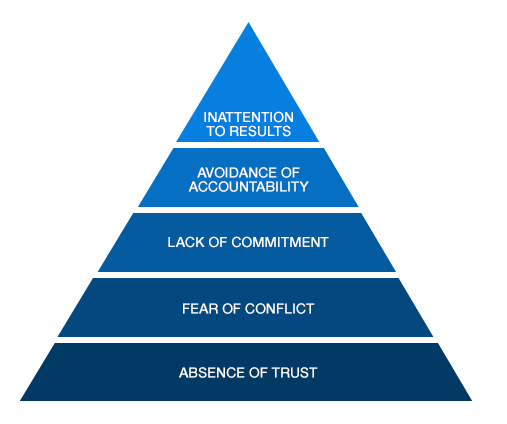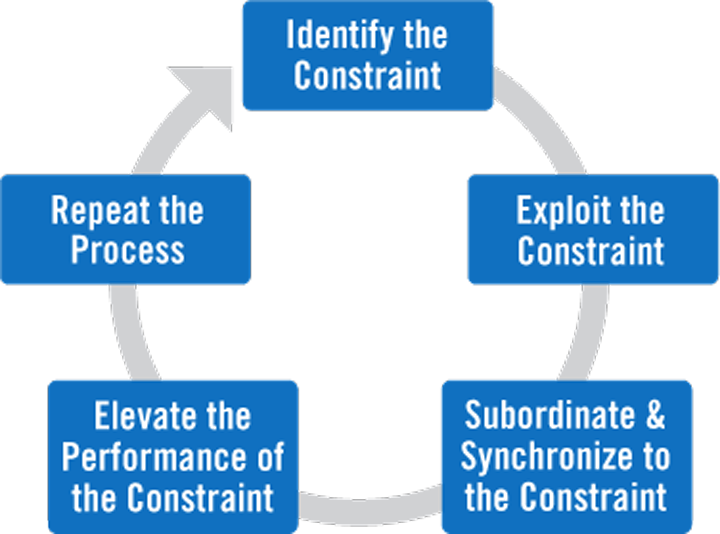I just finished reading Leaders Eat Last by Simon Sinek, an interesting book that examines what it means to be a leader. The main focus of the book revolved around the concept that the best leaders put the members of their group ahead of themselves.
Sinek gives a number of examples of great business leaders over the last 50 years and explained that companies where the leaders put their staff first and treat them well tend to have more success in the long term. The examples given include James Sinegal of Costco, the US military and 3M. He argues that a lot of the boom and bust of the last 40 years is down to the pressure that shareholders put on top company executives to make short term choices over long term stability.
He makes the point that the best modern companies provide a ‘circle of safety’ for their staff members. When all the members of a team feel safe there is less stress, politics, hiding of mistakes and more sharing, collaboration and a better atmosphere. He quotes a number of studies that show that stress appears in employees when they have a lack of control in their job. His belief is that this largely comes about due to weak leadership who are unwilling to give up even a modicum of control to the individuals who are executing the actual task and doing the actual work.
Some of these concepts dovetail nicely with the concept of a Servant Leader. The term Servant Leader has appeared in the world of software development over the last ten to fifteen years, largely driven by the agile concept of a scrum master. The prototypical servant leader has an altruistic style of leadership that focuses on a high degree of member participation, shared decision making and high levels of team ownership.
My belief is that a really great scrum master or team leader must foster a strong circle of safety as described by Sinek. Without it you are fighting an uphill battle to elevate team engagement and employee ownership. Unfortunately it is very easy for leaders to fall into the trap of using their title; or worse manipulation to orchestrate their teams. This will negatively affect team trust.
Trust is the foundation of a solid team as described in the brilliant book the 5 dysfunctions of a team (click link for summary):

Sinek explains that two of the most important elements of being a good leader are integrity and the ‘management’ of control. A leader has to have a strong sense of integrity and the trust of the groups individuals, without this the members of the group will not be willing to commit fully, reducing the overall performance of the team.
Secondly a strong leader has to have the strength to share control. To engage the members of the group and share the decision making process, to delegate clearly and effectively and not micro manage staff members as they work on the assigned task.
Sinek also delves into the biology that drives strong teams forward, and shows how the advent of technology and reduced social interaction may be having a negative effect on the ability for geographically distant individuals to work as an effective team.
He examines the balance between the various different hormones that humans are exposed to in various circumstances. Endorphins and Dopamine, which are released into the blood stream to mask physical pain and to reward positive survival behaviour such as hunting and killing game. Or in a more modern setting they are released when you win a game of hearthstone or complete a 52 book challenge 🙂. There hormones can be highly addictive and have a tendency to promote self centered behaviour.
Serotonin and Oxytocin on the other hand provide a feeling of significance, pride and status. It drives us to make connections with people, seek the recognition of others and to be part of a team and achieve as a group. These hormones are only expressed in an environment where the circle of safety is maintained. Our physiology has been hardwired over thousand of years to operate best in this sort of environment.
So in summary this book touches on a number of really interesting areas with regards to leadership. If you are in a position of leadership such as a manager, team leader or scrum master you should definitely give it a go.
If you have recently read Leaders Eat Last and want to explore the concept further I would recommend the 5 dysfunctions of a team. It touches on a lot of the same areas and does so in a well written narrative driven manner.


